Skroutz Buyers Protection
ΒοτανικήCode: 15700224
- Author: Θεόδωρος Β. Κουτσός
- Publisher: Ekdoseis Ziti
- Μορφή: Soft Cover
- Έτος έκδοσης: 2018
- Αριθμός σελίδων: 336
- Κωδικός ISBN-13: 9789604565047
Θεόδωρος Β. Κουτσός

Hobbies & Leisure Books
Φυτολογία, General botany of spermatophytes: morphology, physiology, reproduction
Ad from VivliodiktyoAdded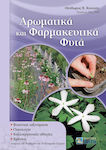
Hobbies & Leisure Books
Αρωματικά και φαρμακευτικά φυτά, Botanical classification: Ecology: Ecology: Reference to organic and biodynamic agriculture
Ad from VivliodiktyoAdded
Hobbies & Leisure Books
Η τέχνη του καλλιεργείν, Agriculture, horticulture, arboriculture: Organic farming of olive, vine, citrus, apple and pear trees
Ad from VivliodiktyoAdded
Similar products
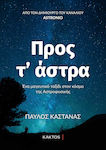 Top rated
Top ratedScientific Books
Προς τ’ άστρα, A magical journey into the world of Astrophysics
Ad from MykyklosAdded Top rated
Top rated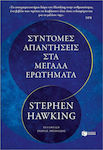 Top rated
Top rated

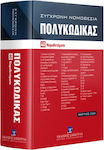


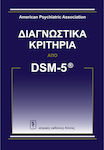

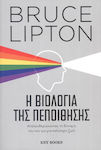

Scientific Books
Ο Μύθος Του Φυσιολογικού, Trauma, disease and healing in a toxic culture
Ad from SilverProductsAdded
All shops
Prices are calculated for:Luxembourg, Other Payment Options
- 15,26 €
- 15,07 €
- 14,31 €
- 17,17 €
Description
This book could be a useful aid for the study of Systematic Botany by students of higher education institutions in the biological and geotechnical sciences. Additionally, because it is written in a way that is easy to understand, it can be useful for anyone interested in plants or their products, regardless of their level of education or knowledge of the subject. It should also be noted that along with systematic botany, it contains information about the distribution, peculiarities of nutrition, as well as the properties and uses of the most useful plants in the world flora, which are of interest to everyone.
Specifically:
In Part A, the book refers to the plant kingdom, first mentioned by Aristotle (4th century BC) and adopted by Carolus Linnaeus (1735). There is also extensive mention of its divisions into aggregates, with the main criteria being the organization of plant cells into tissues and organs that serve their nutrition and reproduction. However, with the progress of science, new criteria for classifying plants were added, so the plant kingdom was successively divided into 2 by Haeckel (1866), into 3 by Copeland (1938), and finally into 4 kingdoms (Monera, Protista, Fungi, and Plantae) by Whittaker (1969). Later, Carl Woese (1990), after first separating the kingdom of Monera into 2 (Eubacteria and Archaebacteria) based on their ribosomal RNA (rRNA), divided the entire living world into 3 domains (Archaea, Bacteria, and Eukarya).
In Part B, it refers to the systematic classification of angiosperms according to the APG IV system (2016) and the main differences with the previous APG systems (1998, 2003, and 2009) as well as with that of Cronquist (1981). The latter, which was widely accepted at the time, was based on morphological and cytological criteria, while the APG systems are based on the DNA of plants and their accuracy improves with the progress of science. Along with botanical classification, information is provided on known and unknown, indigenous and exotic, wild and cultivated plants, which concern external characteristics, nutrition, origin, distribution, properties, and uses as fruit-bearing, aromatic, traditional medicinal, pharmaceutical, ornamental, and beekeeping plants.
Finally, the book concludes with 3 indexes, so that the reader can find any plant of interest to them, knowing only the genus or common name, either in Greek or in English.
Specifications
- Genre
- Medicinal Herbs - Botany
- Language
- Greek
- Format
- Soft Cover
- Number of Pages
- 336
- Publication Date
- 2018
Important information
Specifications are collected from official manufacturer websites. Please verify the specifications before proceeding with your final purchase. If you notice any problem you can report it here.










































